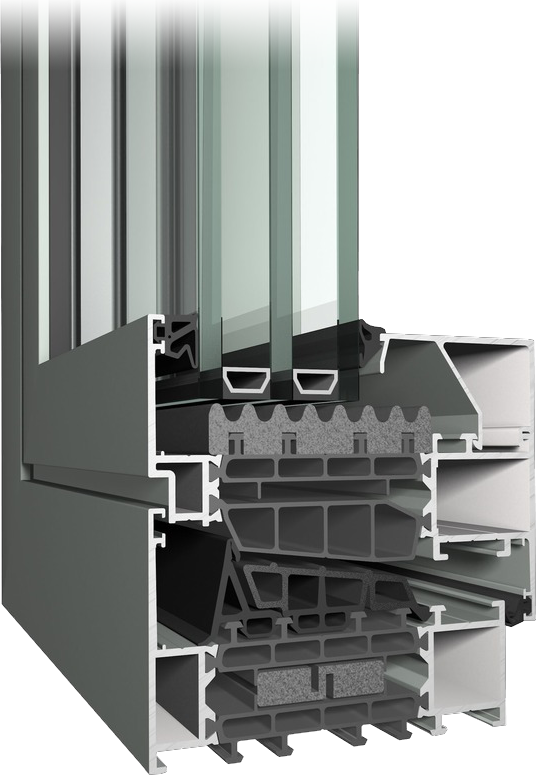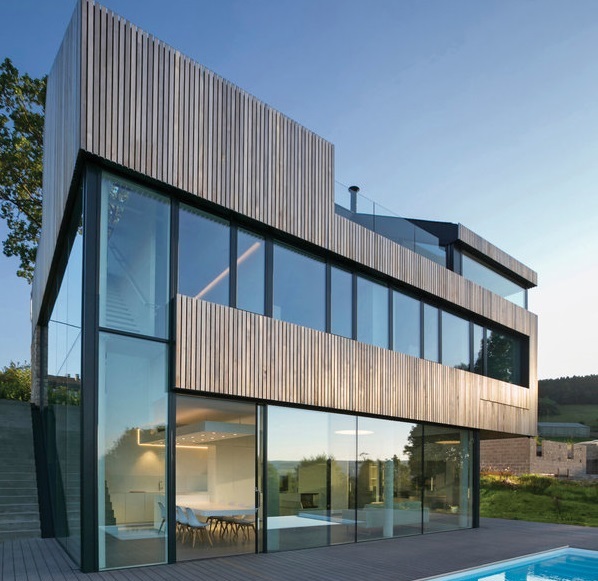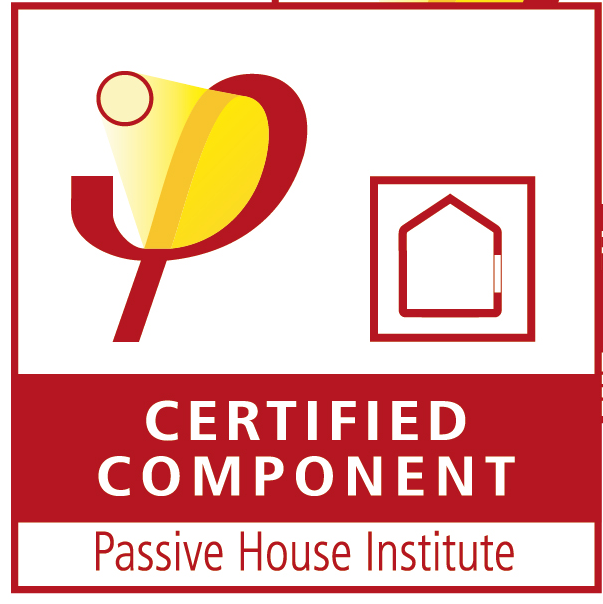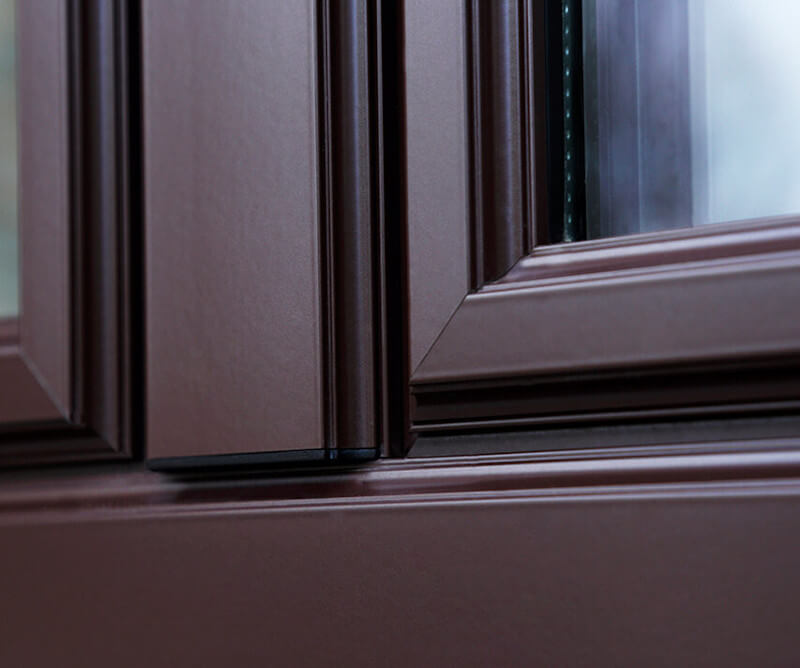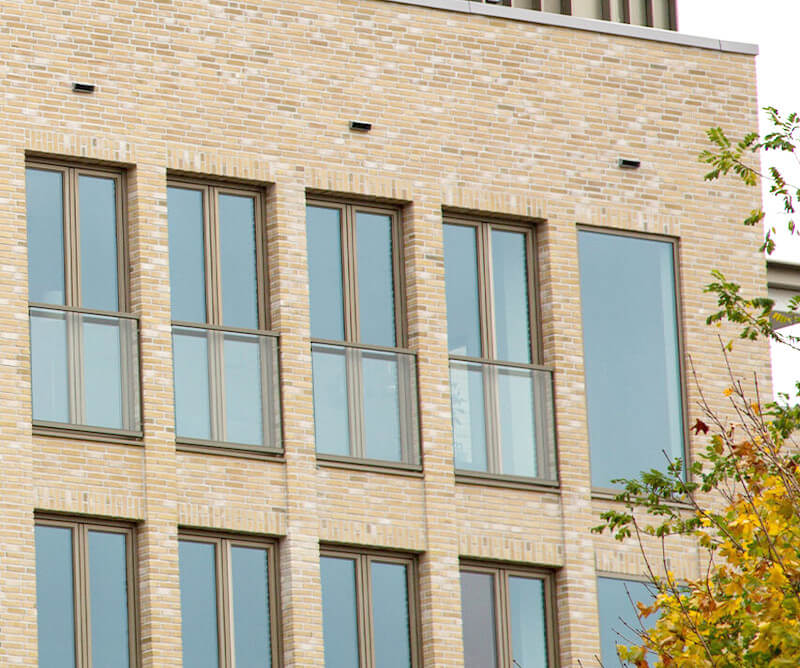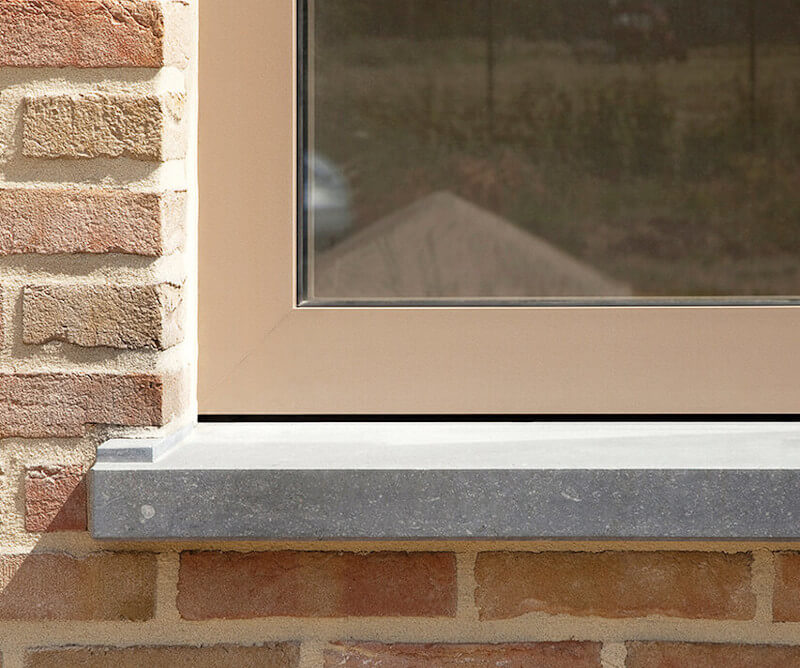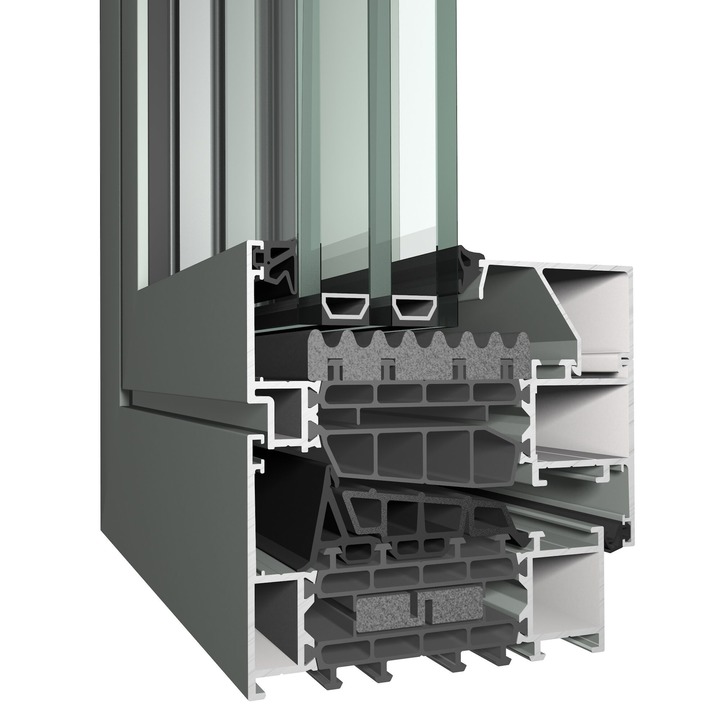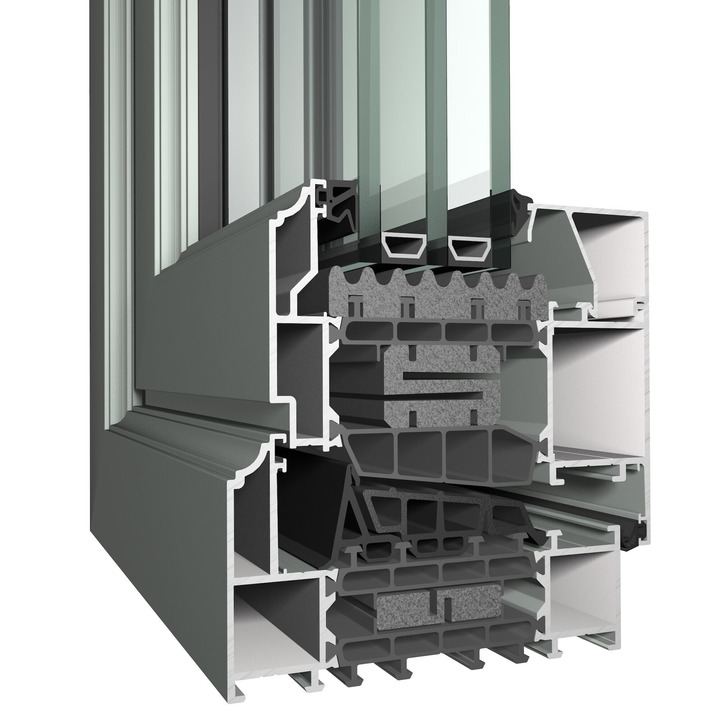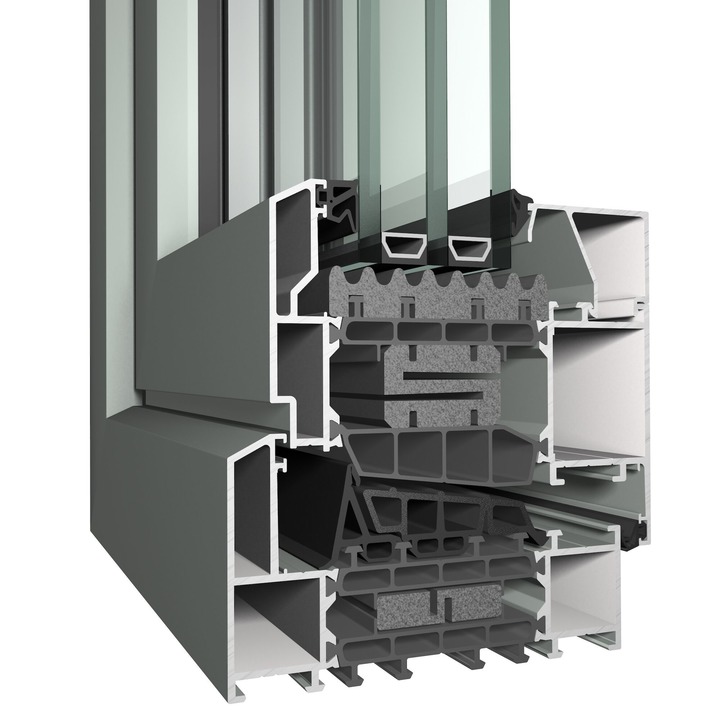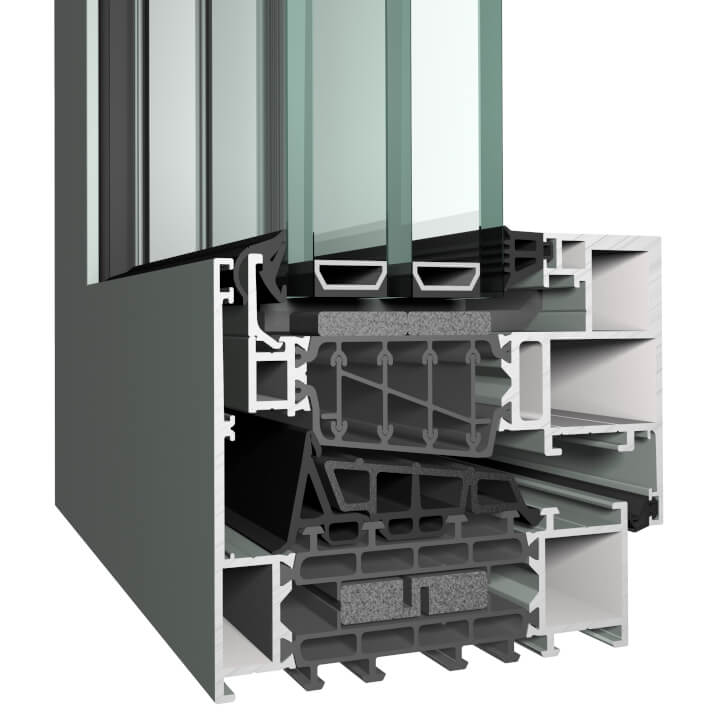The MasterLine 10 from Reynaers scores with its high design variety and customizability but also with excellent safety and performance. With its outstanding thermal insulation properties it is suitable for low-energy buildings in private and public construction and is even available with a passive house certificate. With MasterLine 10 you are choosing a pioneering window system that meets current and future standards.
The MasterLine 10 at a glance
Construction
- Available in the design variants Functional, Renaissance, Deco and Block
- Construction depth: Frame 97 mm (Functional, Block) or 107 mm (Renaissance, Deco) / casement 107 mm
- Can be equipped with glazing from min. 20 mm to max. 78 mm glass thickness
- Sound insulation depending on glazing according to sound insulation class 5 (up to 46 dB)
Energy efficiency
- Uw-value of up to 0.78 W/m²K, depending on frame/casement combination and glazing
- Uf-value of up to 0.9 W/m²K, depending on frame/casement combination
- Innovative concept with excellent thermal insulation at passive house level
- Glass fiber reinforced multi-chamber hollow bars made of polyamide
- Available with passive house certificate
Security
- High stability and no warping even under extreme weather conditions and other external influences
- Meets the requirements for burglary protection of resistance classes 2 and 3 (RC 2, RC 3)


